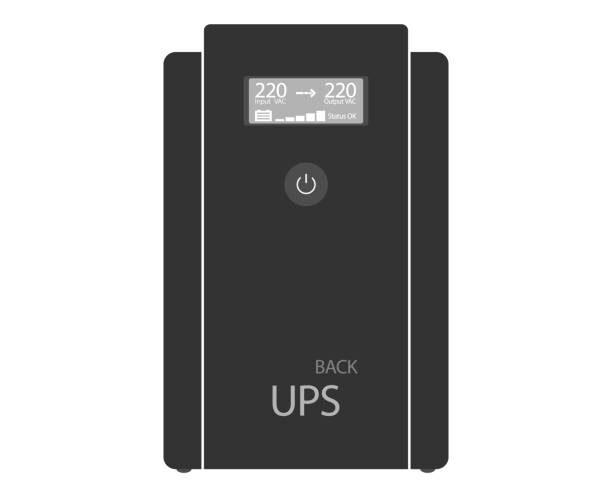Typically, when you buy something as secondary as an uninterruptible power supply (UPS), you’re looking for the lowest price for the simplest device that meets all your needs. But if you look around before you buy a UPS and consider reasonable, cost-effective solutions, you’ll be richly rewarded.
A UPS is a system that protects your computer while it is receiving power and continues to provide regulated battery power in the event of a power outage. Once you know your basic needs, you can decide what you want.
Once you know your basic needs, you can start looking for the right UPS at the best price. There is, however, a better way to go about this. By shopping around, finding out what’s available and at what price, and considering recommended designs, you can save a lot of money and still get the performance benefits.
The following seven points will help you make a wise and economical choice when purchasing an inverter.
1) As a general rule, inline-interactive models offer better protection than standby models and inline models offer better protection than inline-interactive models. Therefore, in the absence of other conditions, you can choose the most appropriate system by paying a slightly higher price.
2) Compare the listed price of the UPS with the price of the next highest system. If the extra cost is not significant, you should consider buying a larger unit. Larger UPSs can handle more future loads, have larger batteries with longer back up times and extend battery life.
3) If you need more battery capacity than the standard battery supplied with the UPS, you should consider purchasing a larger system. A larger UPS, already equipped with the necessary battery size, can be much less expensive than a smaller system with additional batteries.
4) Consider the benefits of purchasing a system that can split loads and operate in parallel. In some cases, it may be cheaper to have two systems with half the total capacity than one UPS system.
5) Consider using more than one single-phase UPS system instead of a three-phase UPS, if the load and installation allow. Generally, two or three single-phase systems are less expensive than one three-phase system. In some cases, multiple systems can provide redundancy to improve power reliability.
6) If the load and facility allow, consider the cost of using three single-phase UPS systems powered by different phases rather than one three-phase UPS system. This configuration allows the partial operation to continue in the event of a single UPS or input phase failure.
7) In a redundant configuration, two or more units operate in parallel, with at least one unit in reserve. This means that in the event of a UPS failure, all power can be maintained. Look at the possible combinations and find the lowest costs. For example, for a redundant system supplying a 20 kVA load, compare the cost of two 20 kVA units connected in parallel with the cost of three 10 kVA units connected in parallel. (A common misconception is that the latter are always cheaper because they have less total capacity.)
How much of an advantage is this?
Here are some examples
If you look at the average price of a low-power UPS system. An in-line UPS is almost twice as expensive as a Line-Interactive. This ratio decreases with increasing power. To purchase a 5 kVA inline system, you would probably only need to add 10%. Also visit: APC ups prices Pakistan
To increase the capacity of a 1 kVA inline UPS to 1.5 kVA. Or a 3-phase UPS from 20 kVA to 30 kVA, you would probably only need to add 20%.
Three 5 kVA single-phase UPSs are 30% less expensive than a 15 kVA three-phase UPS.
A parallel redundant configuration of three 30 kVA units for a 60 kVA load can save up to 25% (compared to two 60 kVA units).
By implementing cost-effective recommendations before purchasing an uninterruptible power supply, you can get a better solution at a lower cost. Before making a final decision, check the availability and price of a given system. As well as any additional technical constraints on using the proposed solution.
Read:

